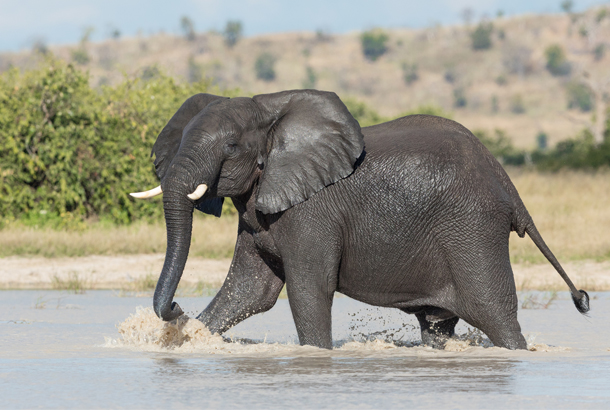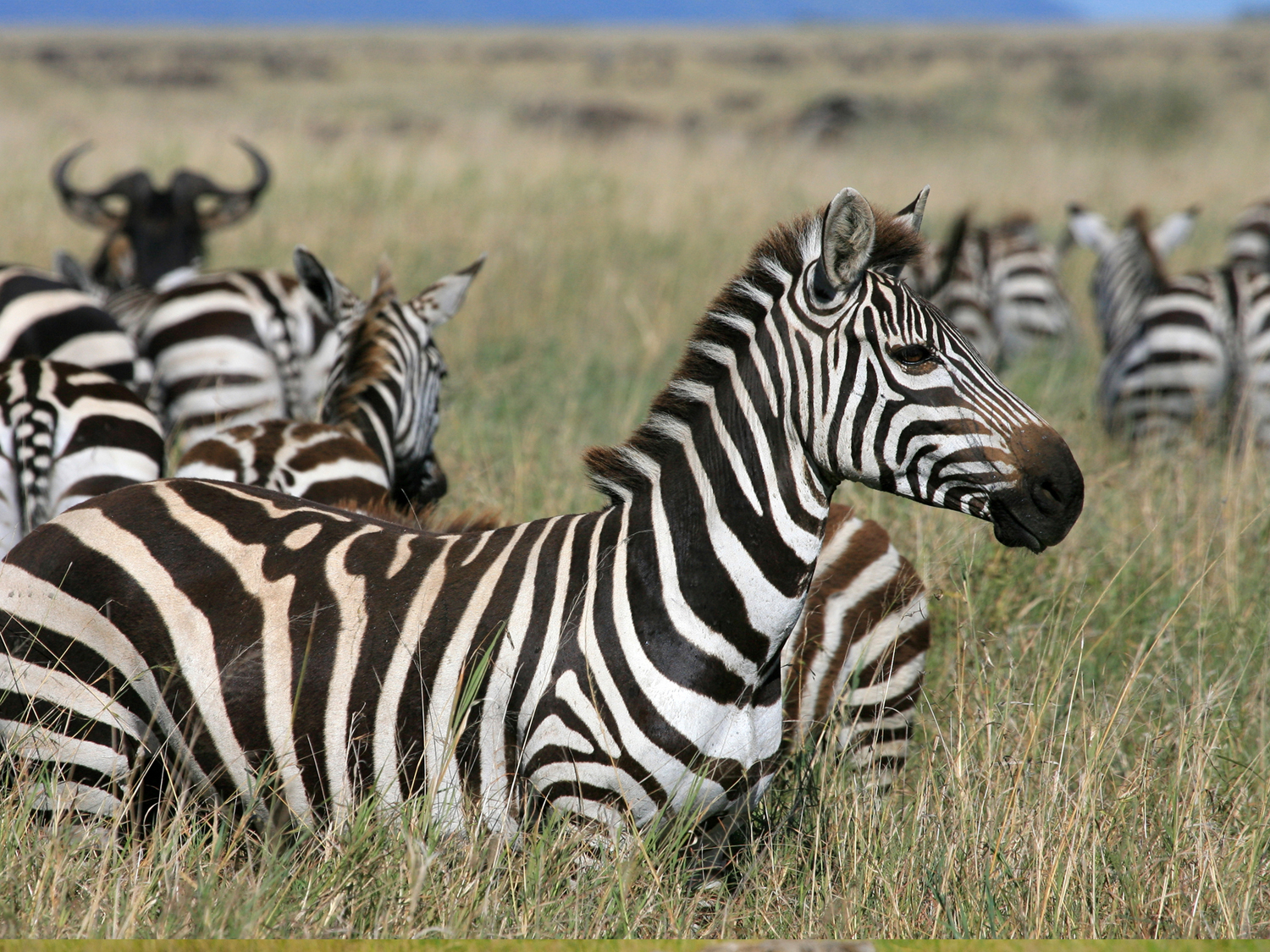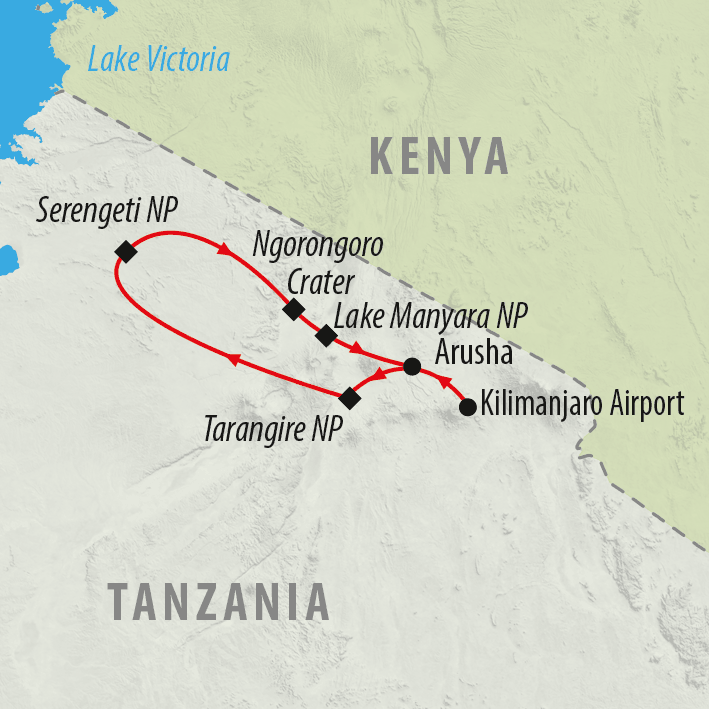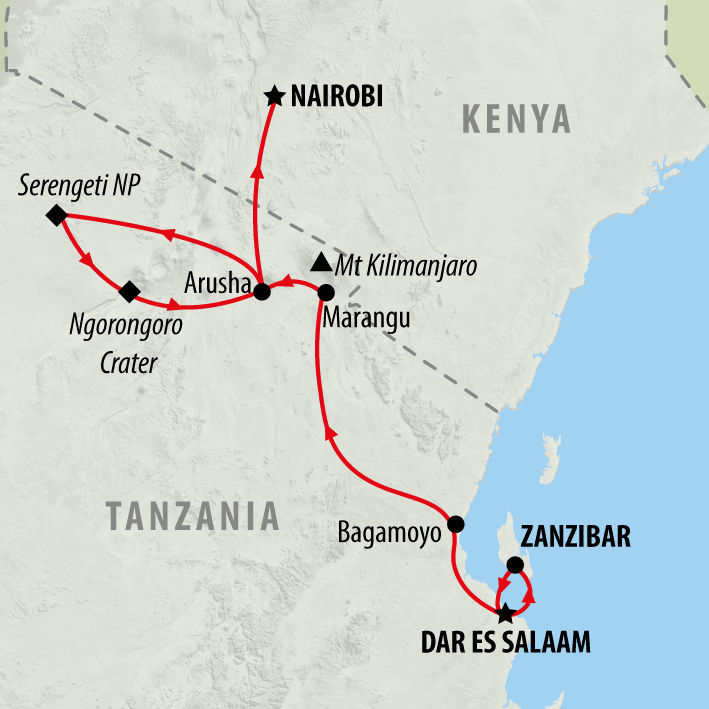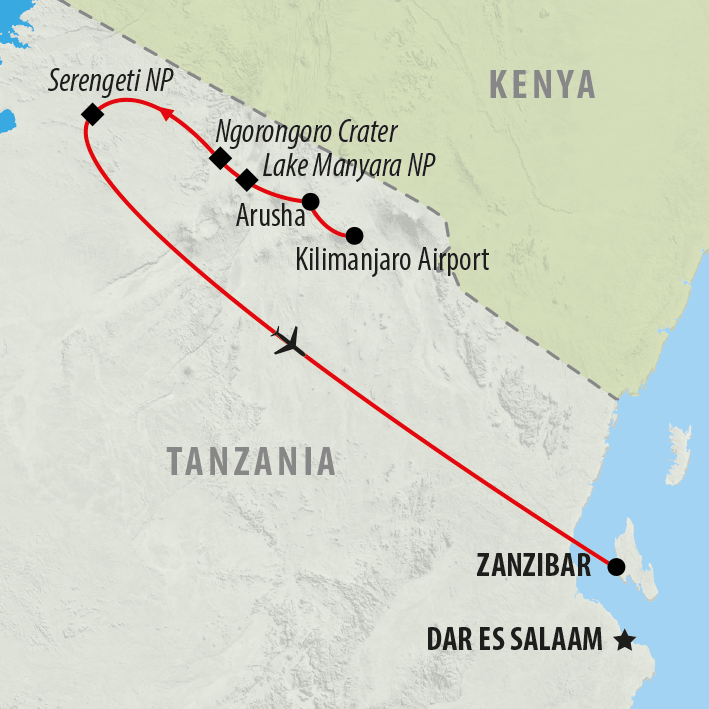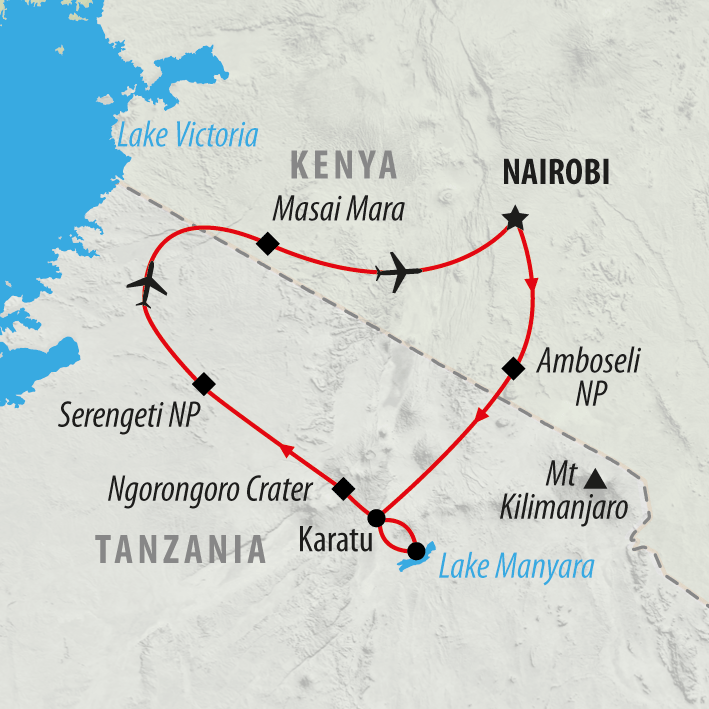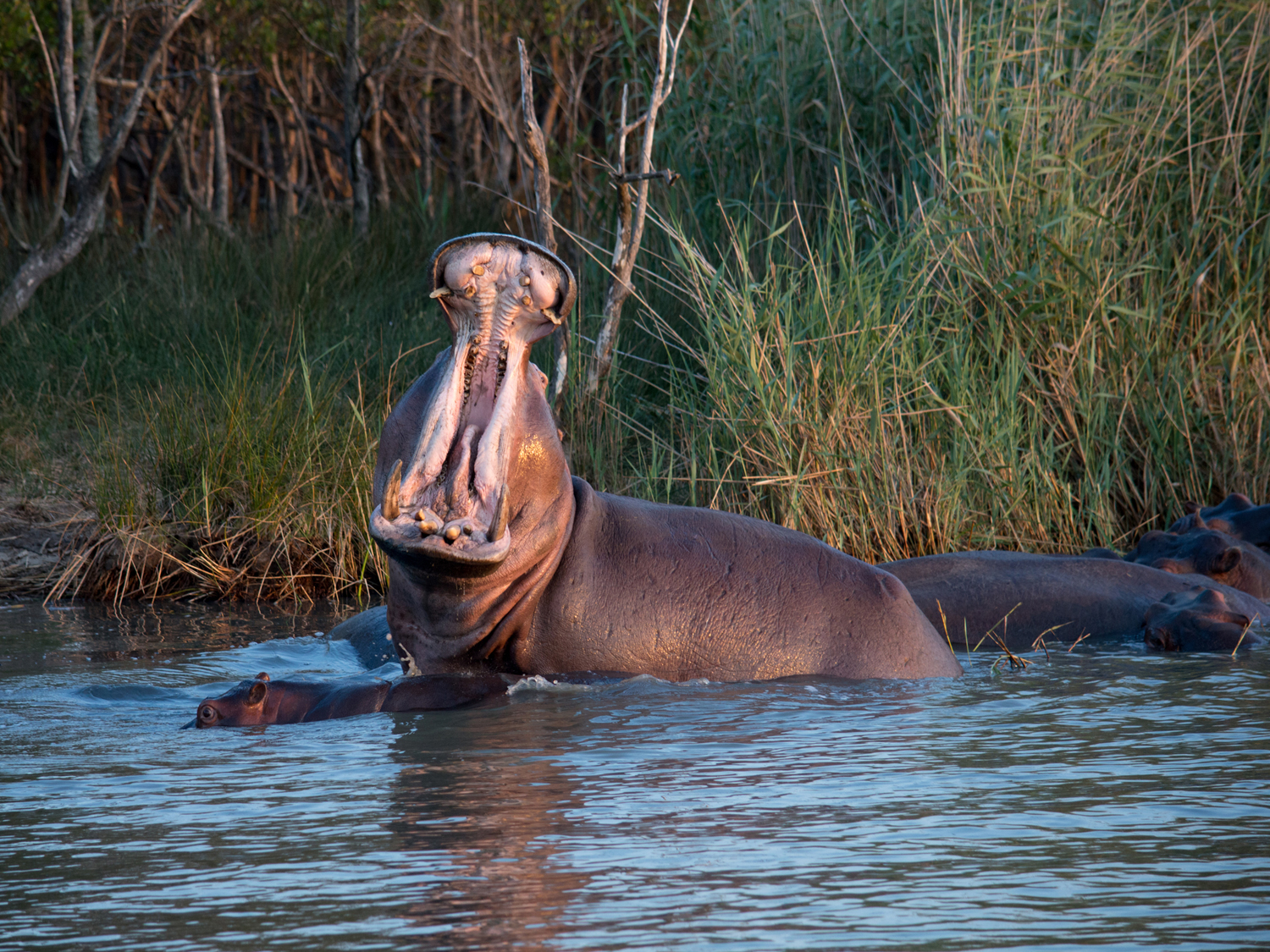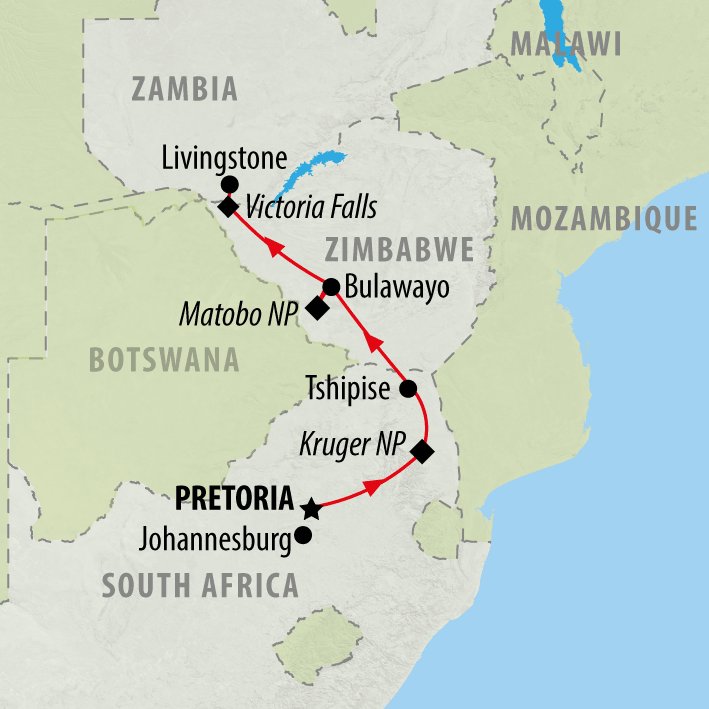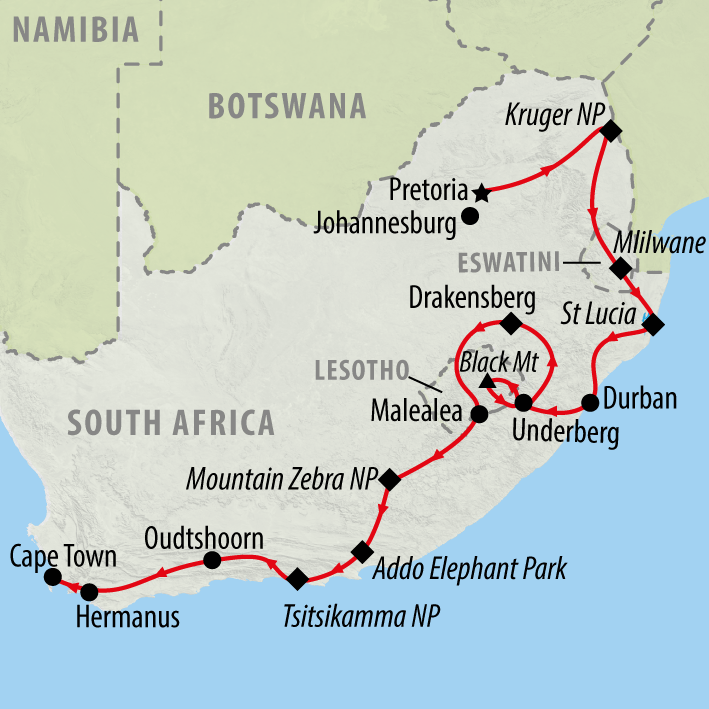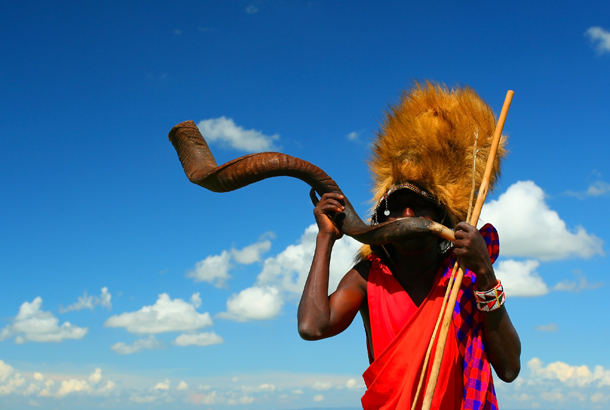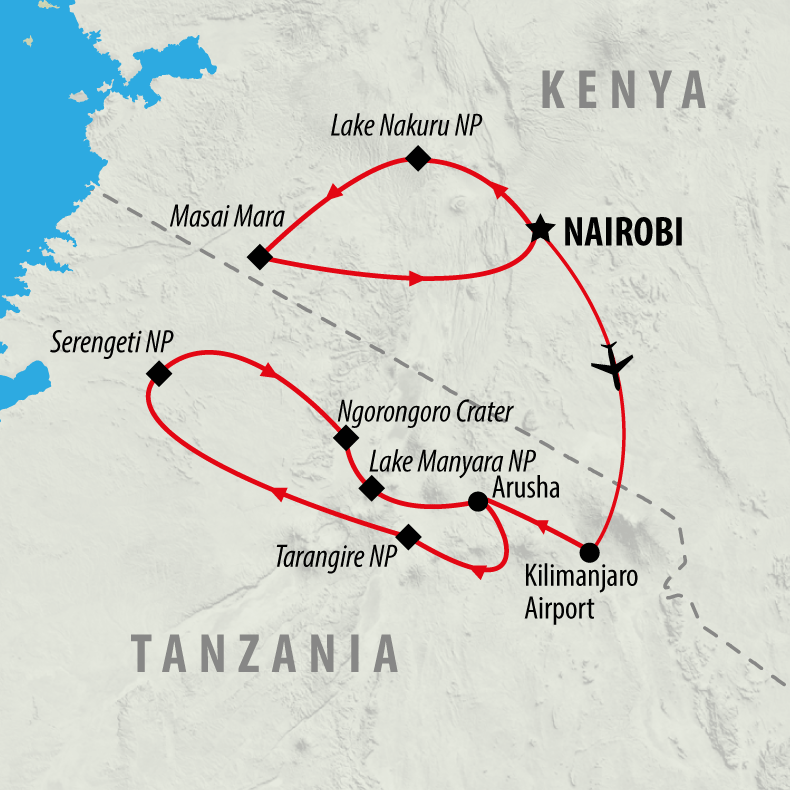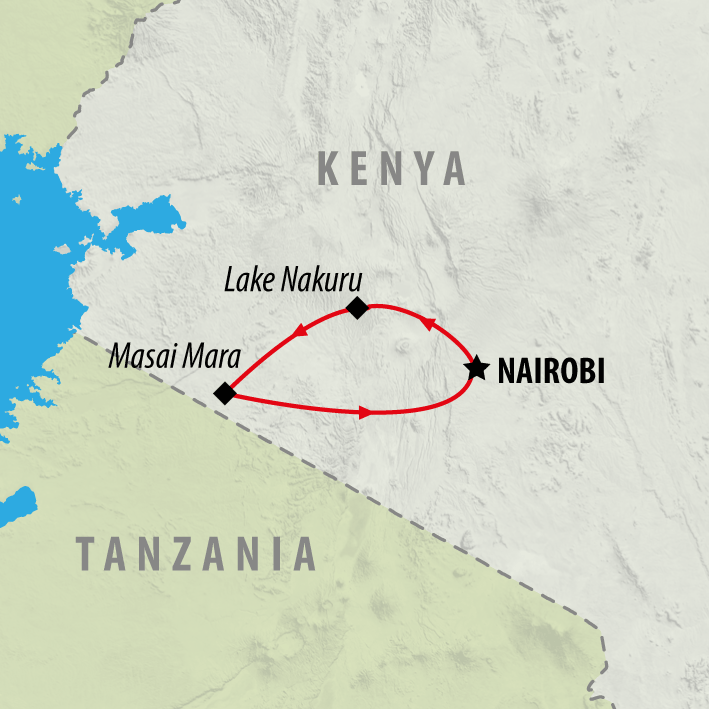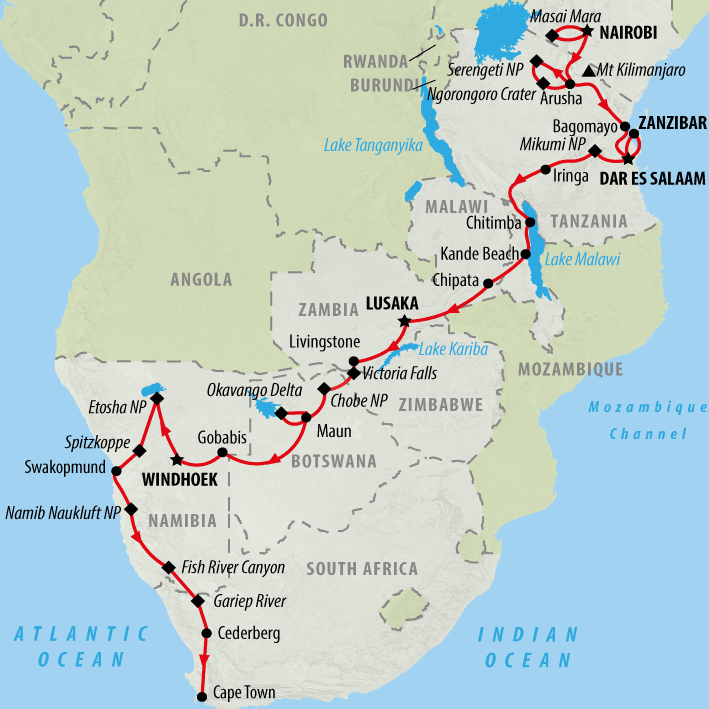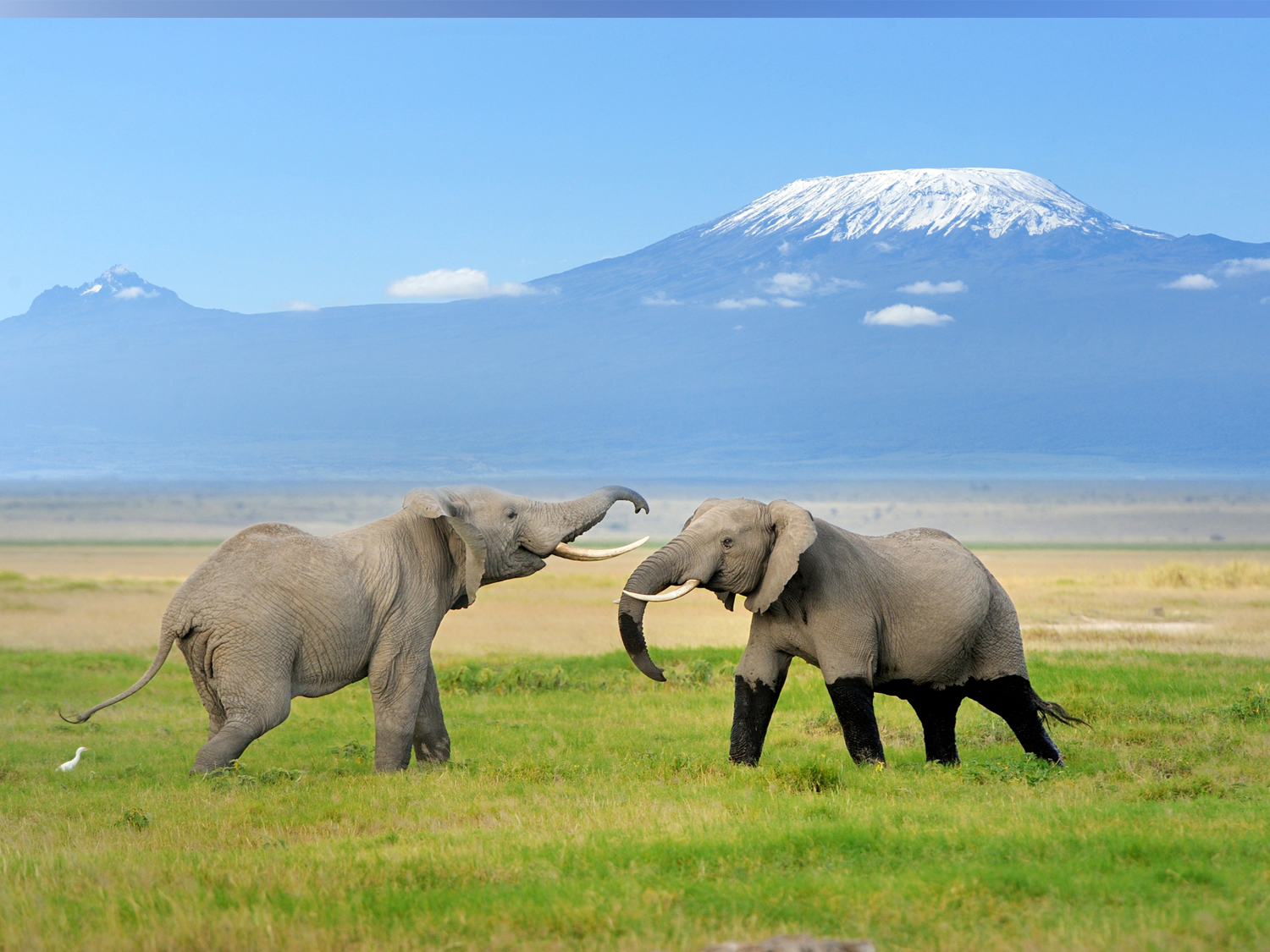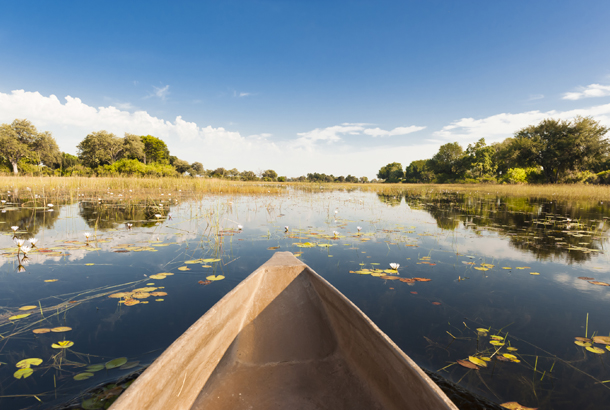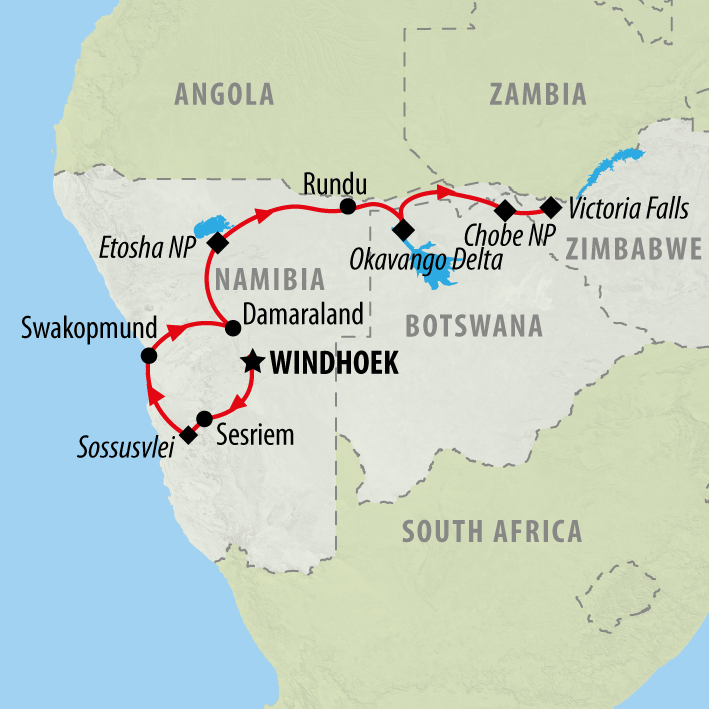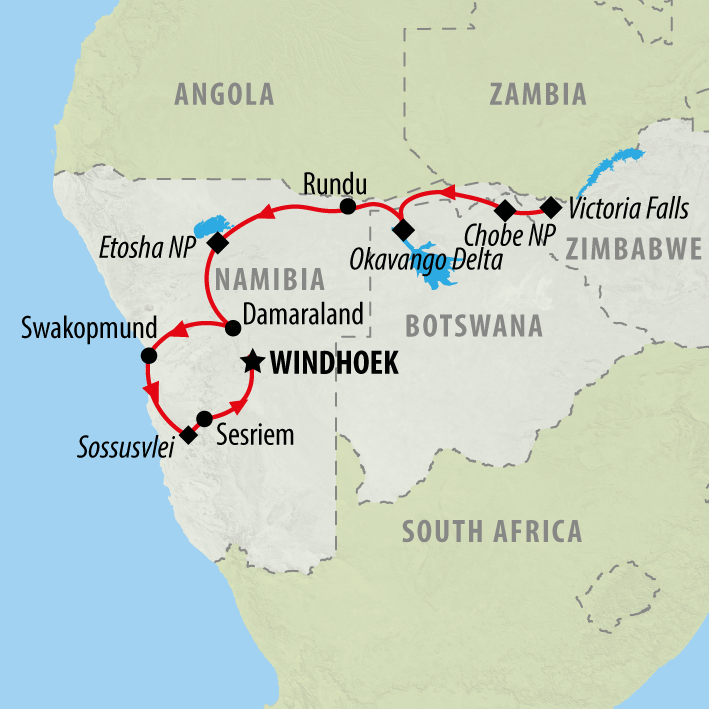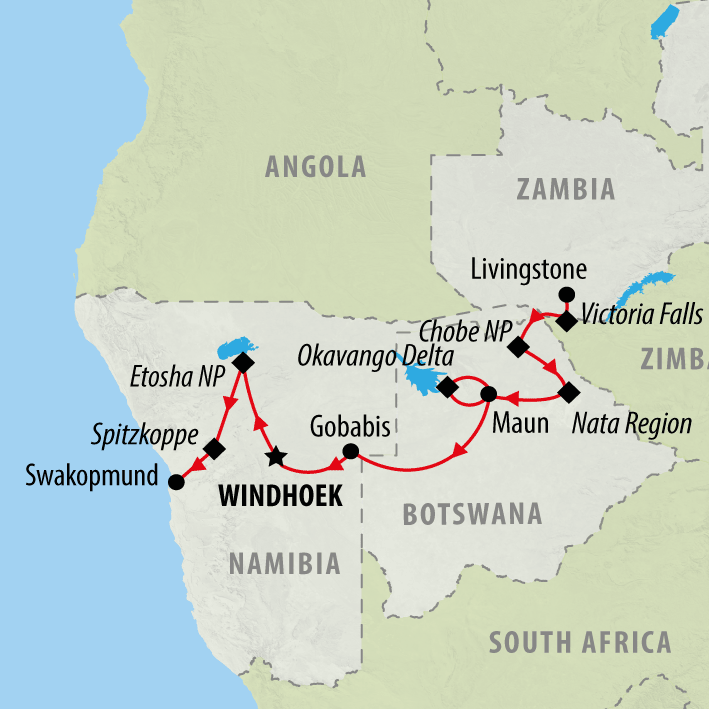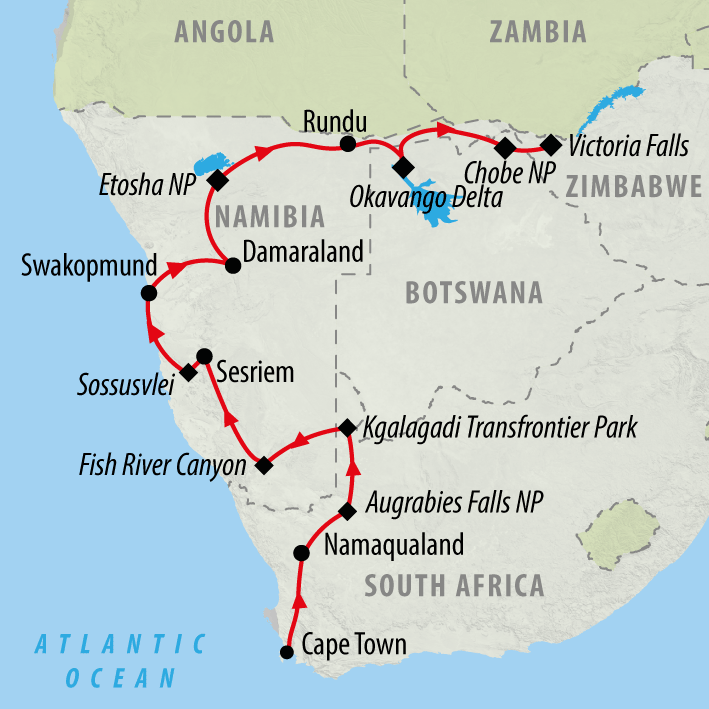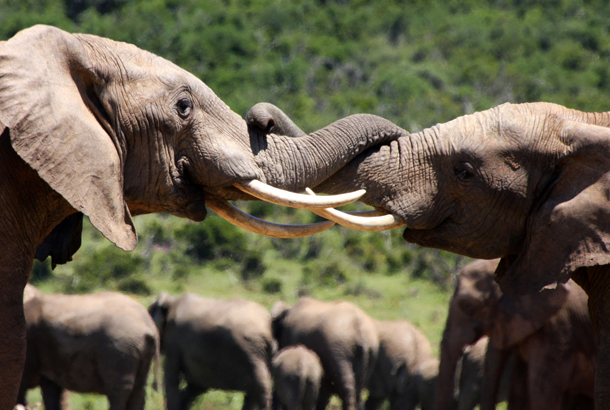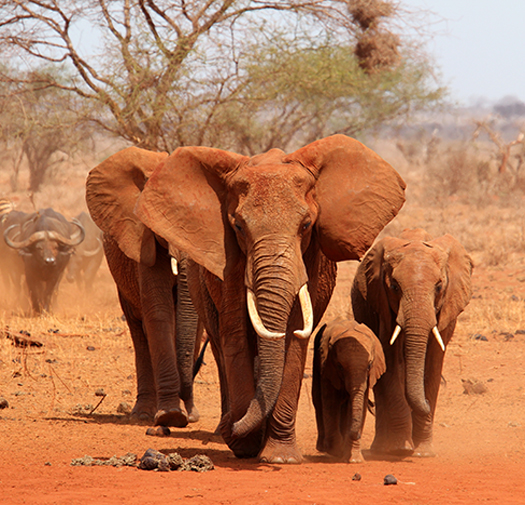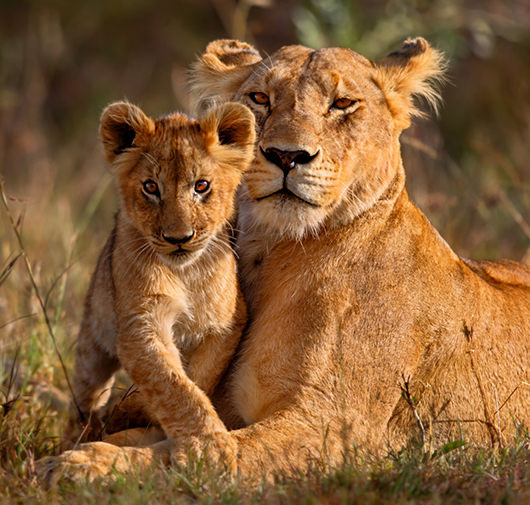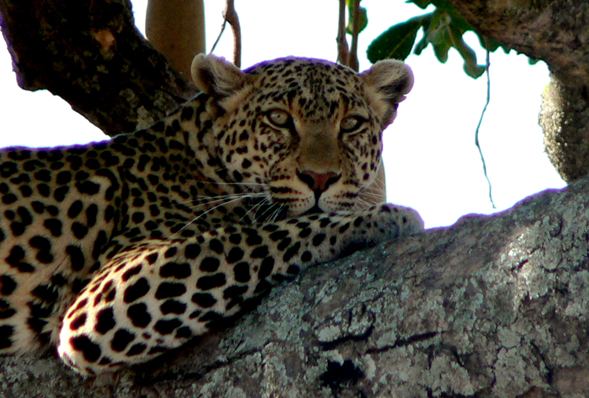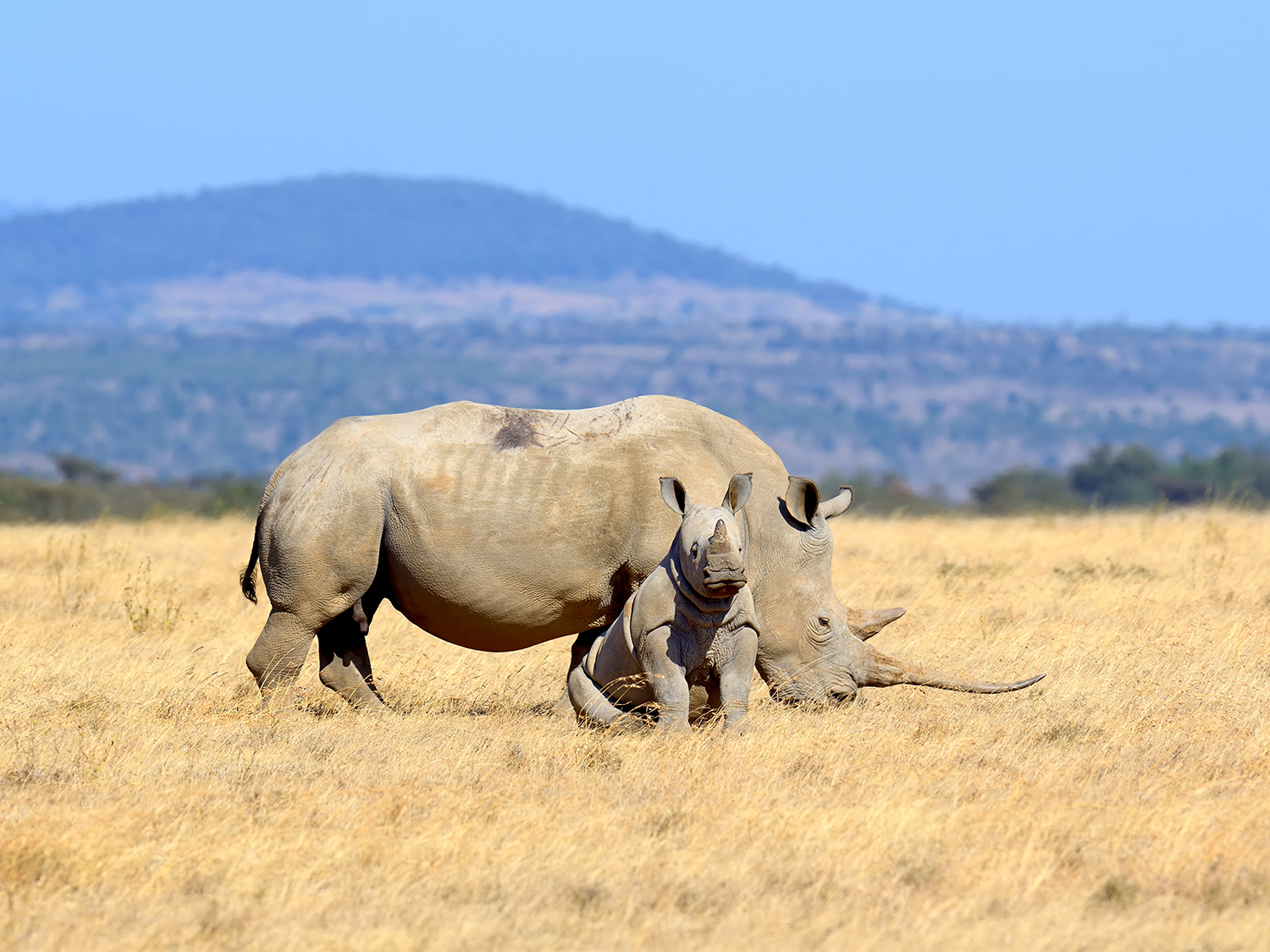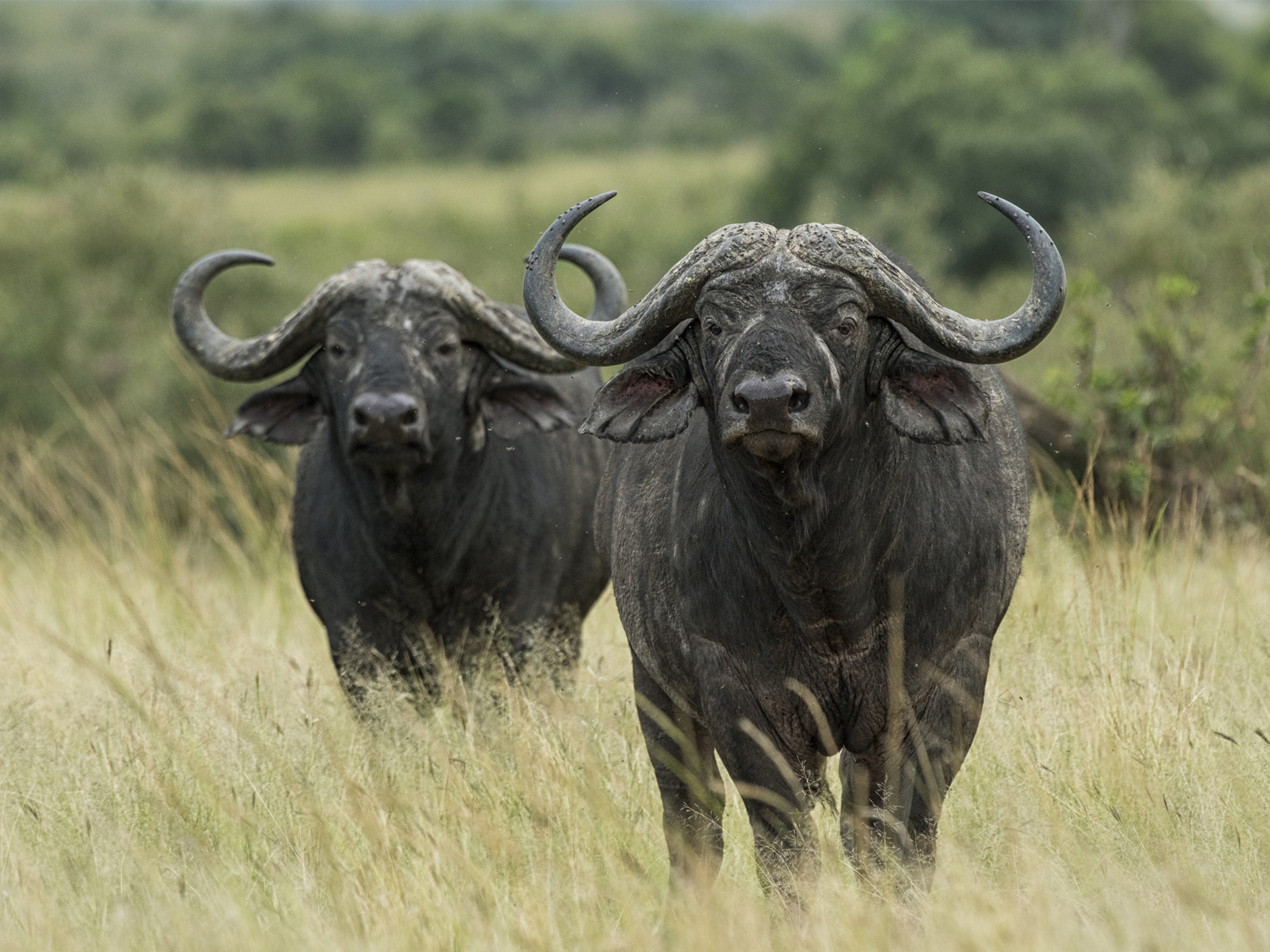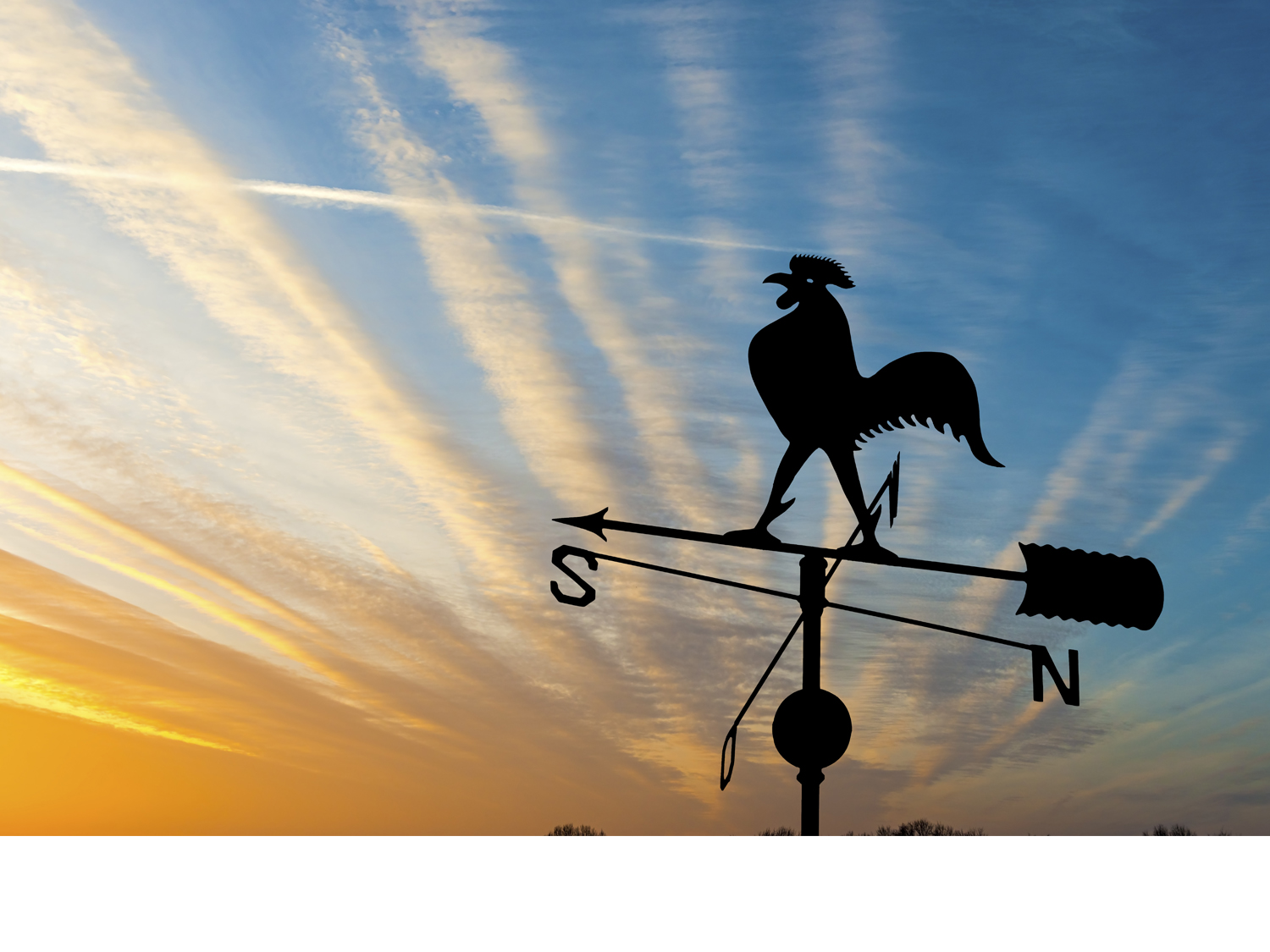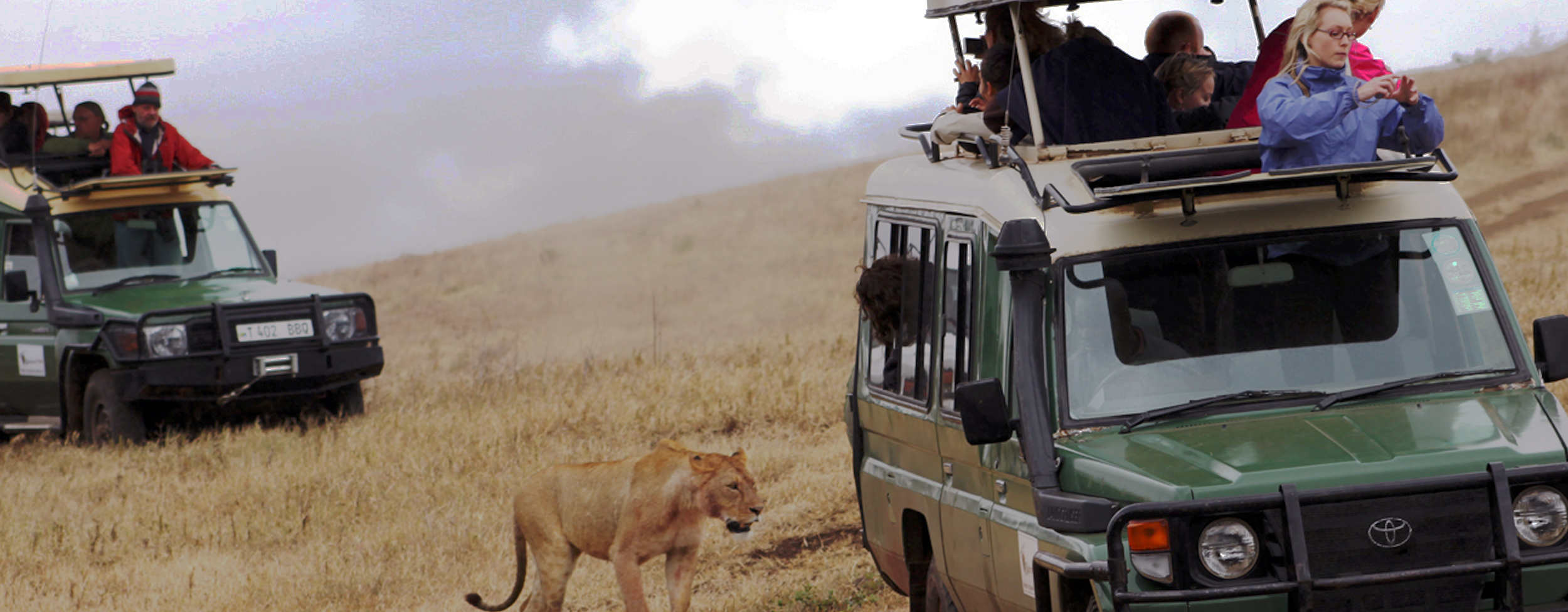Africa's National ParksA Guide for First-Time Visitors to Africa's National Parks
When do you want to go?
2024
I'm flexible
Passengers
Adults (18+)
Children (0 - 17)
Africa's National Parks
Visiting Africa’s national parks is a once-in-a-lifetime experience that immerses you in stunning natural beauty, abundant wildlife, and unique ecosystems. However, for first-time visitors, the sheer number of choices, diverse environments, and the logistics of a safari can be daunting.
In this guide we’ll look at each of the National Parks, explaining the best time to visit and highlights to help first time visitors make the best choice for them. Also included is information on how to make the most out of your trip, covering everything from selecting the packing essentials, accommodation options and safety tips.
Choosing the Right National Parks
Africa is home to dozens of iconic national parks, each offering something different. Your choice will depend on what you want to see, when you are planning on travelling, and the level of comfort and adventure you are seeking.
Serengeti National Park, Tanzania
Located in Tanzania, Serengeti National Park covers 12,000 square miles (30,000 sq km). The area is comprised of grassland plains, savanna, riverine forest, and woodlands.
When visiting Tanzania, locations such as the Serengeti, Ngorongoro Crater and Mount Kilimanjaro are inseparable. Visitors will almost always experience the three together. The Serengeti and Ngorongoro Crater share the migrating wildebeest, zebra and impala herds.
The Serengeti National Park is globally renowned for its abundance and variety of wildlife as well as high biodiversity. The Big 5 (lion, leopard, elephant, rhino, and buffalo) can all be experienced in the park. Predators beyond the lion and leopard include cheetah, hyena, jackals, African golden wolf, honey badger, serval, and the African wild dog. When you are visiting the Serengeti, keep your eyes open you might be able to see some of the incredible wildlife.
Also, the Serengeti has the largest remaining unaltered mammalian migration in the world. It is the pinnacle wildlife experience. The migration features over 1.3 million wildebeest, 250,000 zebra, 500,000 gazelles, and tens of thousands of topi, hartebeest, and impala.
Best Time to Visit
If you are planning to visit the Serengeti, the best time is from June to October. This is ideal for spotting wildlife, especially during the migration of the wildebeest.
Tours to the Serengeti National Park
Kruger National Park, South Africa
Located in South Africa, Kruger National Park is the first and largest national park established in the country. The park extends across an area of 7,523 square miles (19,458 sq km) making it the sixth-largest national park in Africa.
Although a safari guide can help with both navigation and wildlife spotting, Kruger National Park allows for self-guided safari drives. The roads are paced and easy to navigate. However, with your focus being more on the road, it’ll be more difficult to spot any wildlife.
Kruger is home to 147 species of large mammals, which is more than any other game reserve. Bird-lovers will also thrive in Kruger with approximately 517 species of birds found throughout the park. The black mamba, rock python, and crocodiles sit atop the 114 species of reptiles’ callings the national park home.
Best Time to Visit
The best time to visit Kruger National Park is in the period between May and September, during the dry season when animals congregate near watering holes, making them easier to spot.
Tours to Kruger National Park
Masai Mara National Park, Kenya
Located in Kenya along the border of Tanzania, the Masai Mara National Park is named in honour of the Masai people group. The park stretches across an area of 580 square miles (1,510 sq km). The park is divided into two main areas, the inner portion which features pristine wilderness and the outer portion which allows for cattle of the Masai people to graze.
Popular wildlife that might be seen in the Masai Mara include hippo, giraffe, waterbuck, reedbuck, roan antelope, warthog, eland, topi, gazelle zebra, baboon, crocodile, various species of monkeys, and black rhino. Expect for the mountain gorilla, all of Africa’s Big 7 can be part of your wildlife sightings. The Mara is home to the largest collection of lions in Kenya.
Lion, leopard, cheetah, jackal, hyena, and various species of mongoose are all found throughout the park.
Best Time to Visit
The best time to visit Masai Mara National Park is in the period between July and October, visitors with hopes of experiencing the wildebeest migration through the park will have the best opportunity to see it.
Tours to Masai Mara National Park
Lake Manyara National Park, Tanzania
Located in north Tanzania, Lake Manyara National Park is one of Tanzania’s smaller but incredibly diverse wildlife reserves, near the Rift Valley escarpment.
Despite its relatively compact size (approximately 330 square kilometres), the park boasts an impressive variety of ecosystems, making it a unique destination for wildlife enthusiasts, birdwatchers, and nature lovers alike.
In addition to wildlife, the park features over 670 flowering plant species. Ferns are also common adding to the stunning flora of the region. Turning our attention back to the fauna, Lake Manyara National Park has a large range of wildlife that travel through its borders. These include the bushbuck, baboon, buffalo, badger, elephant, giraffe, warthog, and zebra. Some of the predator species include African wild cat, African golden cat, bat-eared fox, Cheetah, civet, hyena, jackal, lion, and leopard.
While visiting the Lake Manyara National Park, there might be the opportunity to see the tree-climbing lions that call the park home. There is also a herd of buffalo, recorded at reaching over 300. In addition to this, the National Park is known for abundance of flamingos. There is an estimated 1.9 million flamingo that live in the park.
Best Time to Visit
Lake Manyara National Park is a year-round destination, but different seasons offer varying experiences:
Dry Season (June to October)
The dry season is the best time for wildlife viewing as animals gather near the lake and the vegetation is less dense, making it easier to spot them. Temperatures are generally comfortable, with warm days and cooler nights.
Wet Season (November to May)
The wet season transforms the park’s landscape into a lush, green paradise. While wildlife viewing may be more challenging due to thicker vegetation, the wet season is ideal for birdwatching as migratory species arrive and flamingos flock to the lake. It’s also a great time to enjoy the park’s scenic beauty, particularly if you enjoy photography. The calving season, which occurs between January and February, also brings a chance to see newborn animals.
Tours to Lake Manyara National Park
Chobe National Park, Botswana
Located in Botswana, Chobe National Park has the distinction of being the country’s first national park, after being established in 1967.
Covering approximately 11,700 square kilometres, it’s Botswana’s third-largest park and offers visitors an extraordinary safari experience. Chobe’s abundant wildlife, picturesque river scenery, and variety of safari activities make it a must-visit destination for both first-time visitors and seasonal travellers.
Chobe National Park is the elephant capital of the world featuring over 50,000 elephants. The Kalahari elephants are the largest species of elephants however the tusks tend to be on the shorter side. Also, Chobe National Park has one of the greatest concentrations of wildlife found across the entire continent.
Best Time to Visit
Chobe National Park can be visited all-year round, but the experience varies greatly depending on the season.
Dry Season (May to October)
This is the best time for wildlife viewing to Chobe. The dry season forces animals to congregate near the Chobe River and other permanent water sources, making them easier to spot. Elephants gather in large numbers near the river, creating incredible wildlife spectacles. The cooler weather is also more comfortable for game drives. However, this is also the busiest time of year, with more tourists visiting the park.
Wet Season (November to April)
The wet season brings rain and transforms the landscape into a lush, green environment. While wildlife is more dispersed due to the availability of water, this is the best time for birdwatching as migratory species arrive. The wet season also offers fewer crowds, lower rates at lodges, and the chance to see young animals born during this period.
Tours to Chobe National Park
Addo Elephant National Park, South Africa
Located in South Africa, the Addo Elephant National Park is the third-largest South Africa national park behind Kruger National Park, and Kgalagadi Transfrontier Park.
Addo Elephant National Park is home to over 600 elephants, more than 400 cape buffalos, and almost 50 black rhinoceroses. There are other popular species, including but not limited to lions, hartebeest, zebra, warthog and hyena.
The park has expanded significantly since its establishment and now covers over 1,600 square kilometres. Its boundaries stretch from the dense bushveld of the Zuurberg Mountains in the north to the coastal dunes of the Woody Cape section along the Indian Ocean in the south.
Best Time to Visit
Addo Elephant National Park is a year-round destination, but different seasons offer varying experiences depending on your preferences for weather and wildlife sightings.
Dry Season (May to September)
The dry winter months are the best time for wildlife viewing. During this period, vegetation is less dense, and animals are more likely to congregate around waterholes, making them easier to spot. The cooler temperatures are also more comfortable for game drives.
Wet Season (October to April)
The wet season brings lush green landscapes and is an excellent time for birdwatching, as migratory species arrive. While wildlife viewing can be more challenging due to thicker vegetation, this is time to see newborn animals as many species give birth during the summer. It is also the best time to explore the park’s coastal and marine areas.
Tours to Addo Elephant National Park
Africa's Big Five
Elephant
The African elephant (Loxodonta africana) is the largest land animal on Earth, with adult males (bulls) weighing up to 6,000 kilogrammes (13,200 pounds). Elephants are known for their complex social structures, which are typically led by a matriarch, the oldest and often largest female. They have remarkable memories, which help them navigate their environment and recall the locations of water sources across vast distances. Elephants are also highly intelligent, displaying behaviours such as tool use, mourning their dead, and showing empathy. Their large ears, shaped like the African continent, help regulate their body temperature, and their tusks, made of ivory, are used for digging, lifting objects, and as a weapon.
Lion
The African lion (Panthera leo) is often called the "king of the jungle," although they actually inhabit savannas and grasslands. Lions are the only cats that live in social groups called prides, which typically consist of related females, their offspring, and a few male lions. Male lions are known for their majestic manes, which vary in color and are a sign of health and virility. Lions are apex predators, primarily hunting large herbivores like zebras, wildebeests, and buffaloes, often using cooperative hunting strategies to bring down their prey. Their roar, which can be heard up to 8 kilometers (5 miles) away, is used to communicate with pride members and establish territorial boundaries.
Leopard
The leopard (Panthera pardus) is a solitary and highly adaptable predator found in various habitats across Africa, from rainforests to deserts. Leopards are known for their strength and agility, often dragging their prey up into trees to avoid scavengers like hyenas. Their rosette-patterned coats provide excellent camouflage, making them difficult to spot in the wild. Leopards are opportunistic hunters, with a diet that includes everything from antelope to birds, fish, and even insects. They are also strong swimmers and are known to fish or hunt in water when necessary. Despite their elusive nature, leopards are widespread, though their populations are threatened by habitat loss and human-wildlife conflict.
Rhinoceros
The Big Five include two species of rhinoceros: the black rhinoceros (Diceros bicornis) and the white rhinoceros (Ceratotherium simum). The black rhino is critically endangered and more aggressive, known for its hooked lip, which it uses to browse shrubs and trees. In contrast, the white rhino is larger, with a wide, square-shaped lip adapted for grazing on grasses. Despite their names, both rhino species are gray in color. Rhinos have thick skin, which protects them from thorns and insect bites, and their horns, made of keratin, are used for defense, digging, and breaking branches. Unfortunately, rhinos are severely threatened by poaching, driven by the demand for their horns in illegal wildlife trade.
Cape Buffalo
The Cape buffalo (Syncerus caffer), also known as the African buffalo, is a formidable and unpredictable animal, weighing up to 900 kilograms (2,000 pounds). They are known for their strong, curved horns, which they use to defend themselves against predators, including lions. Buffaloes are social animals, living in large herds that can number in the hundreds or even thousands. They have a reputation for being one of the most dangerous animals in Africa due to their aggressive nature, particularly when wounded or threatened. Despite their bulk, buffaloes are surprisingly agile and can run at speeds of up to 57 kilometers per hour (35 miles per hour). They play a crucial role in their ecosystems by influencing vegetation patterns and providing prey for top predators like lions.
Travel Planning: Before you go
Read our guides to help you plan your trip
Our customers say
Excellent
4.4 out of 5 based on 275 reviews
